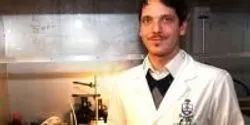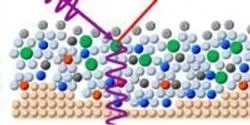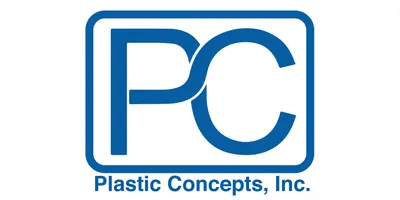News

A preliminary university investigation has revealed that University of Texas (UT) environmental health and safety officials disposed of multiple brain specimens in approximately 2002 in accordance with protocols concerning biological waste, according to a Dec. 3 statement by the school.

In the race to find materials of ever increasing thinness, surface area and conductivity to make better performing battery electrodes, a lump of clay might have just taken the lead. Materials scientists from Drexel University’s College of Engineering invented the clay, which is both highly conductive and can easily be molded into a variety of shapes and sizes. It represents a turn away from the rather complicated and costly processing—currently used to make materials for lithium-ion batteries and supercapacitors—and toward one that looks a bit like rolling out cookie dough with results that are even sweeter from an energy storage standpoint.

Salk researchers tinker with a time-restricted diet in mice and find that it is remarkably forgiving.

In 1997, IBM’s Deep Blue computer beat chess wizard Garry Kasparov. This year, a computer system developed at the University of Wisconsin-Madison equaled or bested scientists at the complex task of extracting data from scientific publications and placing it in a database that catalogs the results of tens of thousands of individual studies.

















